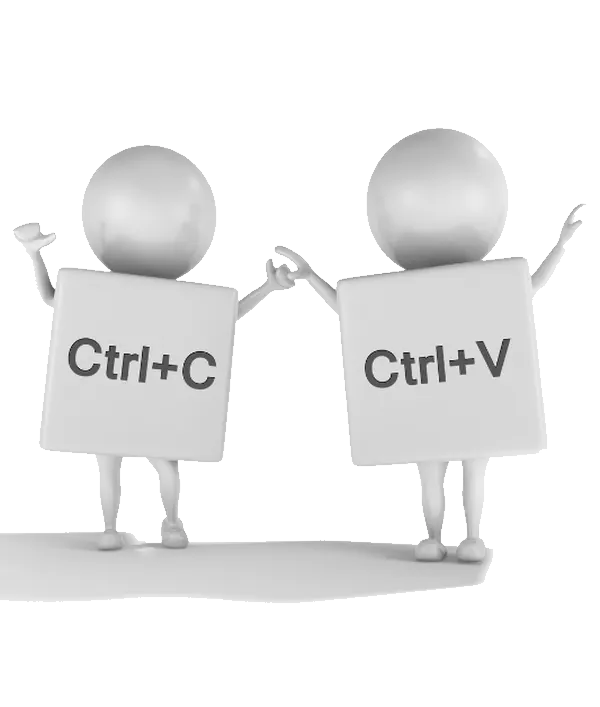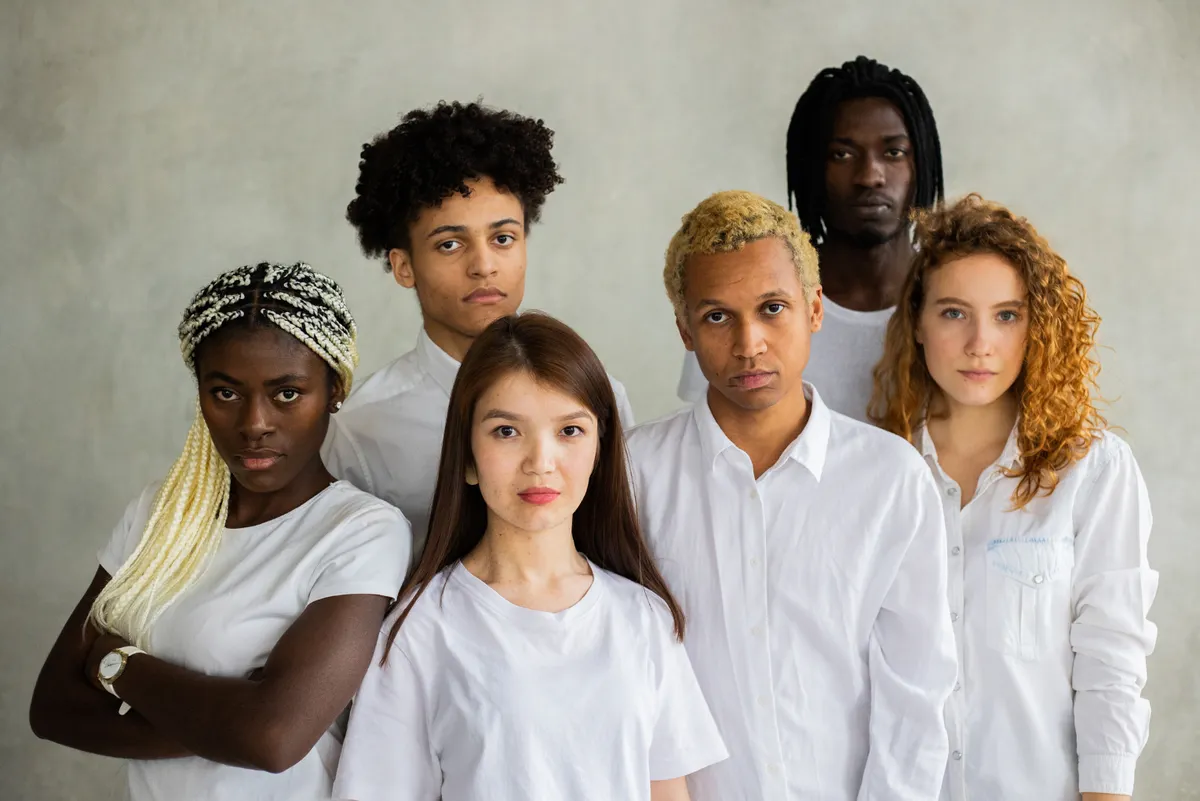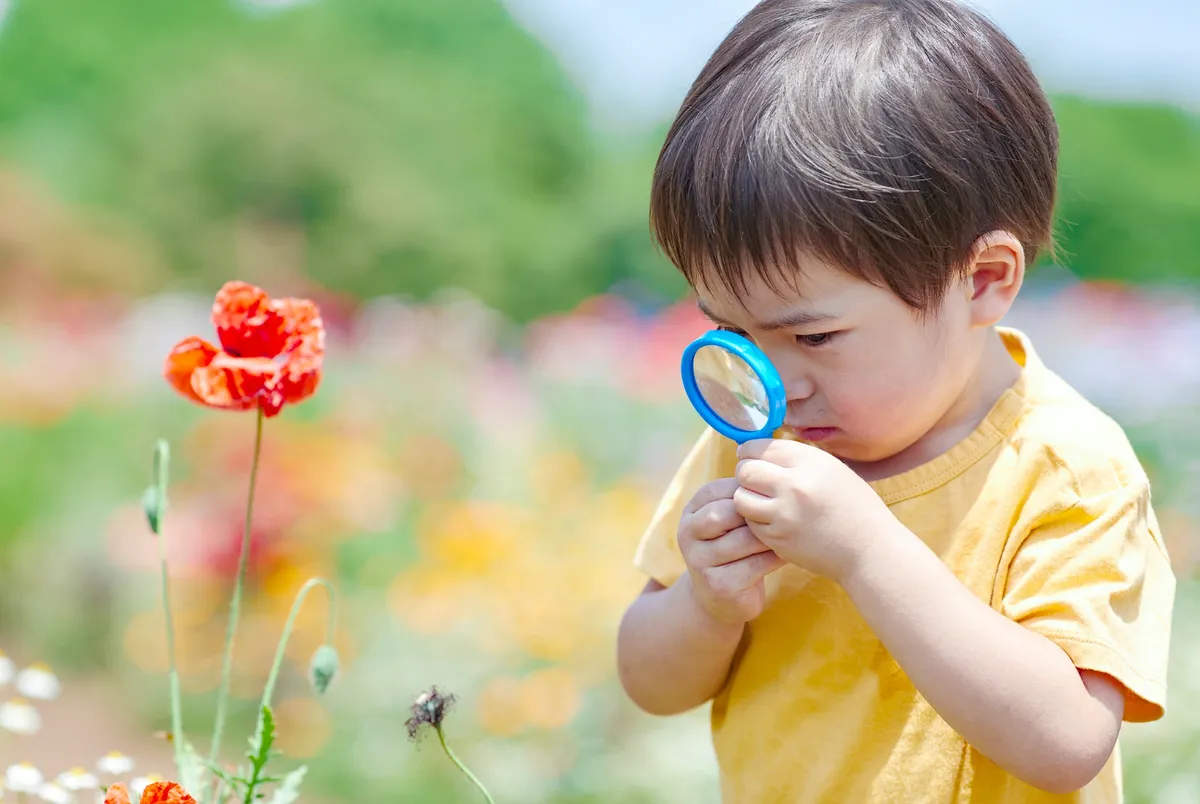
Aikido practice: More than mere repetition? The path to meaningful development on the tatami
-
Maj 9, 2025 -
Ferenc Nemeth
Introduction: The dilemmas of aikido practice
In many Aikido dojos, especially those where hierarchy plays a prominent role, practice often unfolds with the master demonstrating the technique of the day, after which everyone begins to repeat it. While imitation is essential in the initial stages, the question arises: is this truly the only path towards deeper knowledge and genuine development in Aikido? I believe that practice, after a certain level, must transcend mere mechanical repetition and evolve into a form of exploration, a dissection of techniques. The goal is not just to master movements, but to understand the essence of Aikido.
The limits of mere repetition in aikido development
The repetition of techniques is undoubtedly the foundation for acquiring any physical skill, and Aikido practice is no exception. It helps build muscle memory and familiarizes us with fundamental movements. However, if training consists solely of endlessly repeating movements without actively engaging our minds, development can stagnate. The crucial element of understanding – why a technique works, its underlying principles, its variations – can easily be lost. Without this deeper understanding, the movements can become hollow, lacking the flexibility and adaptability essential in dynamic situations within a martial art. Aikido development cannot stop at superficial imitation.
The value of questions and "dissecting" techniques in aikido
I have always greatly valued training partners who are not afraid to ask questions, who "bombard" me with their inquiries. Why? Because it signals an active, inquisitive mind eager to learn, not just to mimic. In the dojo(s) I lead, we specifically encourage this kind of proactive curiosity, viewing our collective practice as a continuous form of "research and development." Once we have a sufficient level of proficiency with the basic form of an Aikido technique, practice should naturally shift towards "dissection" – detailed analysis. This exploratory work for us means that while strictly adhering to the fundamental principles and ethical guidelines of Aikido, we boldly experiment, learn from our own and our training partners' mistakes, and remain open to integrating relevant experiences and knowledge from other martial arts to enrich our practice. Our aim is not just to repeat techniques but to truly understand and further develop them. Our questions, for example, include:
- What happens if the angle of attack is slightly different?
- How does my center connect with my partner's?
- What are the common points of failure in a given Aikido technique?
- How does distance (maai) influence the execution?
- What are the common elements of the techniques? Are there?
- What happens in the event of a more intense attack?
This kind of intellectual engagement transforms practice from mere execution into genuine discovery and is essential for understanding Aikido.

Individual adaptation in aikido techniques: "Every person is different"
A fundamental truth often overlooked in mechanical practice is that every individual is different. Body type, height, weight, reach, flexibility, and even temperament vary from person to person. Therefore, every Aikido technique must ultimately be adapted to our own unique constitution. A shorter practitioner, for example, might employ different entry or kuzushi (balance-breaking) methods for a shiho nage compared to a taller training partner. The taller person might need to sink lower or approach the partner from a different angle, while the lower one can take advantage of his physical endowment. The goal is not to become a clone of the instructor, but to internalize the principles of Aikido and express them through our own bodies. Consideration of individual body type is crucial.
The importance of committed attack (The role of uke) in aikido practice
When studying Aikido, it's worthwhile to observe not only the Founder's movements in O'Sensei's old films but also those he practiced with – the ukes. Their movements, reactions, and the dynamics of the interaction reveal a great deal about how techniques function. Unfortunately, in many dojos today, the concept and execution of the attack (the role of uke) can become somewhat distorted.
It's often observed that the "attack" is reduced to a mere grab. The attacker steps in, grabs nage's arm – sometimes so forcefully it feels like they're "squeezing the blood out of it" – and then assumes a waiting stance. For me, this is not yet a complete attack, but rather just a static hold, which could very well be the end of any meaningful cooperation if we both just stand and wait. A genuine attack is more than this: it begins with intent, continues with physical contact, but doesn't end there; it encompasses the attacker's continuous intention and energy, meaning a real intent to attack. It's important to recognize that this type of incorrect, incomplete attack (or "non-attack") directly influences and distorts the work of nage (the one executing the technique) as well. If nage learns the technique from such a "non-attack," they will acquire entirely different movements, timing, and perception than they would from a real, committed attack. In doing so, they are actually misleading themselves, and later, against a partner who attacks properly with intent, the learned "technique" will likely be ineffective, as the developed skills were not built on real dynamics.
Another extreme is when the partner charges forward like a "bulldozer," relentlessly. While commitment is important, this kind of raw, unidirectional force is often unmanageable for a beginner partner and can only lead to repeated failure in executing the technique. It's important for uke to find a balance as well.
The essence of Aikido techniques lies precisely in working with the energy offered by the attacker. For nage to effectively apply and understand the technique, uke must initiate an honest, committed attack – not too weak, not unrealistically strong, and certainly demonstrating continuous intent. It is necessary for nage to receive the force and directionality that the Aikido technique can then redirect or harmonize with. One often hears the somewhat cliché phrase that "Aikido is nothing more than dealing with the attacker's energy or redirecting it back to the attacker." This is true in principle, but in practice, it only becomes alive and learnable if uke provides a genuine, intentional, yet controlled attack appropriate to nage's level, to which nage can react and build upon.

Beyond copying O'Sensei: The individual path of aikido and following principles
It's common to see practitioners meticulously trying to copy not only the movements of Aikido's Founder, Morihei Ueshiba (O'Sensei), but also, for example, those of the current Doshu, the head of the Hombu Dojo. This endeavor is understandable, as many look to Aikido's headquarters for guidance. However, especially concerning O'Sensei, many misinterpret one of his famous sayings: "I look back, but no one is following." This is often taken to mean that they too should do exactly what O'Sensei (or another high-level master) did, that they should slavishly copy him. In my opinion, this is an incorrect approach.
While studying these prominent figures and their legacy provides invaluable inspiration and understanding of Aikido's roots and present, striving for perfect imitation, or the aforementioned misinterpretation of O'Sensei's saying, can be a pitfall. O'Sensei was unique, and his Aikido was a reflection of his personal journey, physique, and profound understanding. The saying might rather allude to the lonely path an innovator walks, or to the realization that everyone must follow their own individual path to understanding, not blindly imitate.
Therefore, the goal should be to understand the principles of Aikido – nagare (flow), centering, non-resistant leading, the use of ki (energy) – and to follow and utilize these in our own practice, instead of mere copying, regardless of whom we see performing the technique. True Aikido comes from within and is based on personal experience and a deep understanding of its principles.
Conclusion: Towards meaningful aikido practice
Meaningful Aikido practice is a dynamic process that balances disciplined repetition with conscious questioning, analysis, appropriate partner cooperation (from both uke and nage), and personal adaptation. While hierarchy and respect for the instructor are important elements of dojo life, the dojo must also be a place where questions are encouraged, and students feel empowered to explore the art beyond superficial imitation – participating in a kind of collective research.
Ultimately, the path of Aikido is a personal one, leading to a deeper understanding of ourselves and the martial art, not just to a flawless replication of techniques. Let us strive for Aikido training that promotes not only physical skills but also intellectual and personal growth. And if the question arises as to what enables someone to practice a path, such as Aikido, devotedly for 20, 30, or even 40 years, the answer perhaps lies precisely in the approach detailed above. The desire for discovery beyond mere repetition, the research into the deeper layers of techniques, the curiosity, the sincere pursuit of understanding, and the joy of personal discovery are what provide eternal inspiration and inexhaustible opportunities for development for every dedicated practitioner, throughout their lives.
